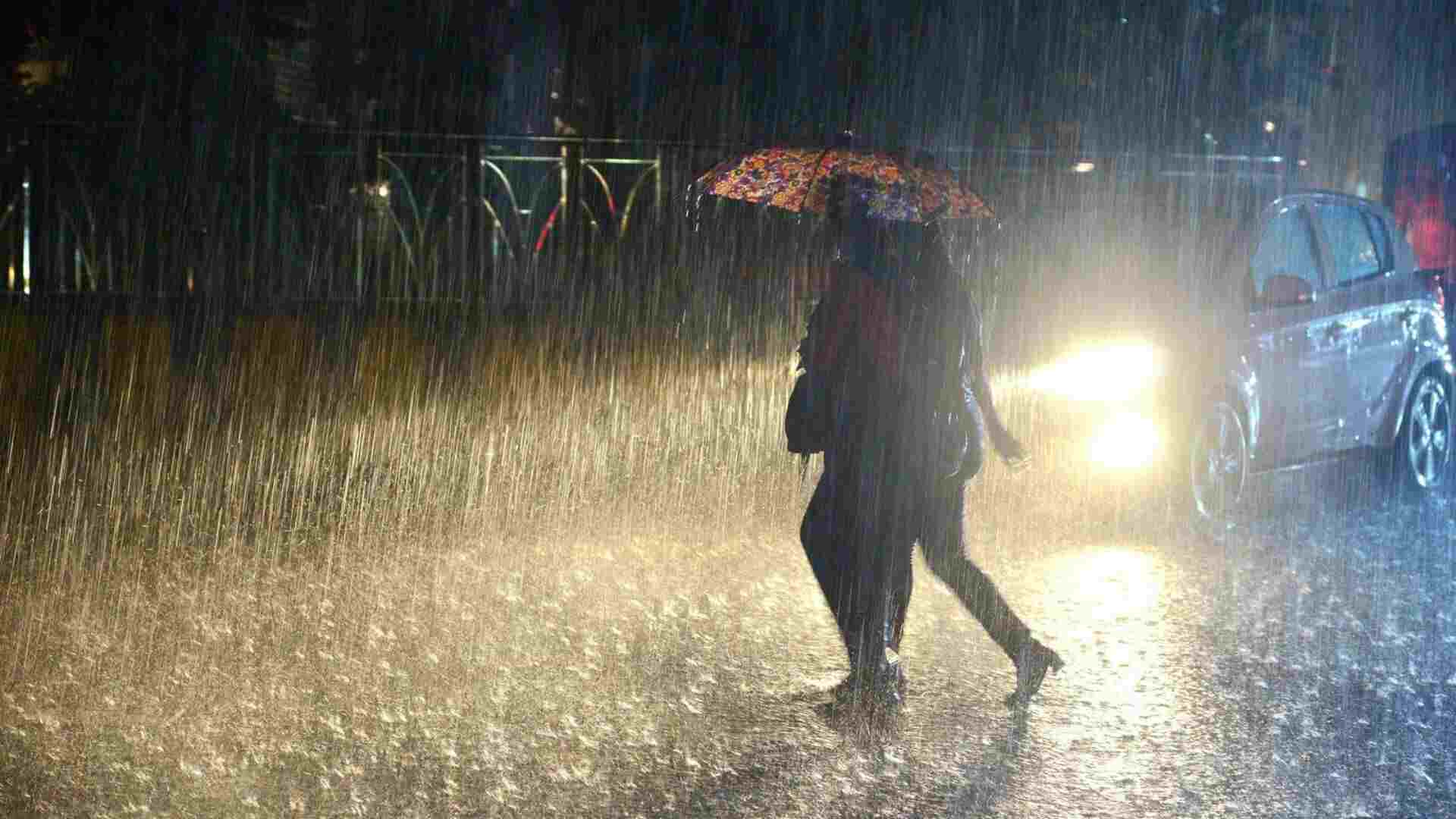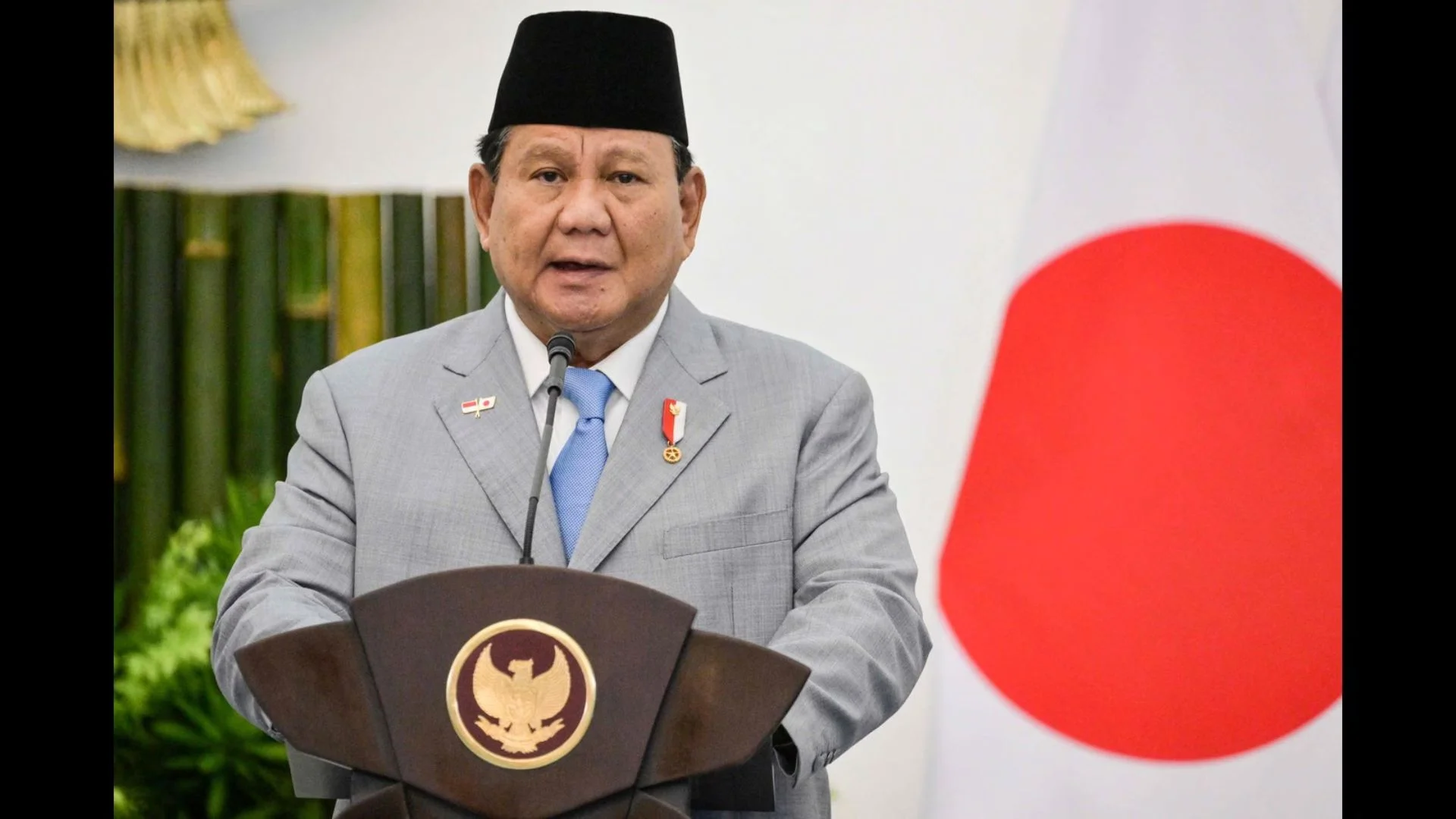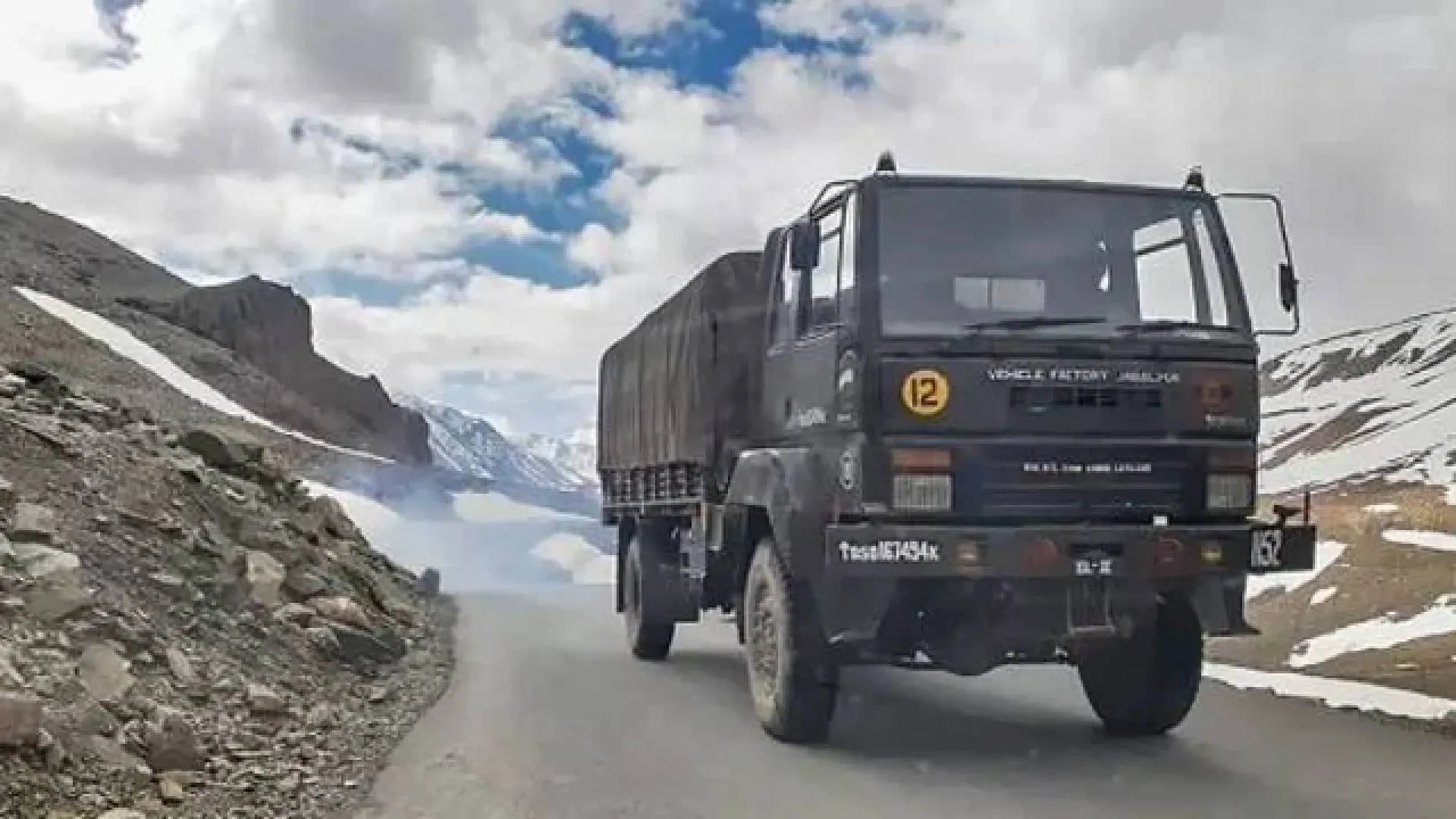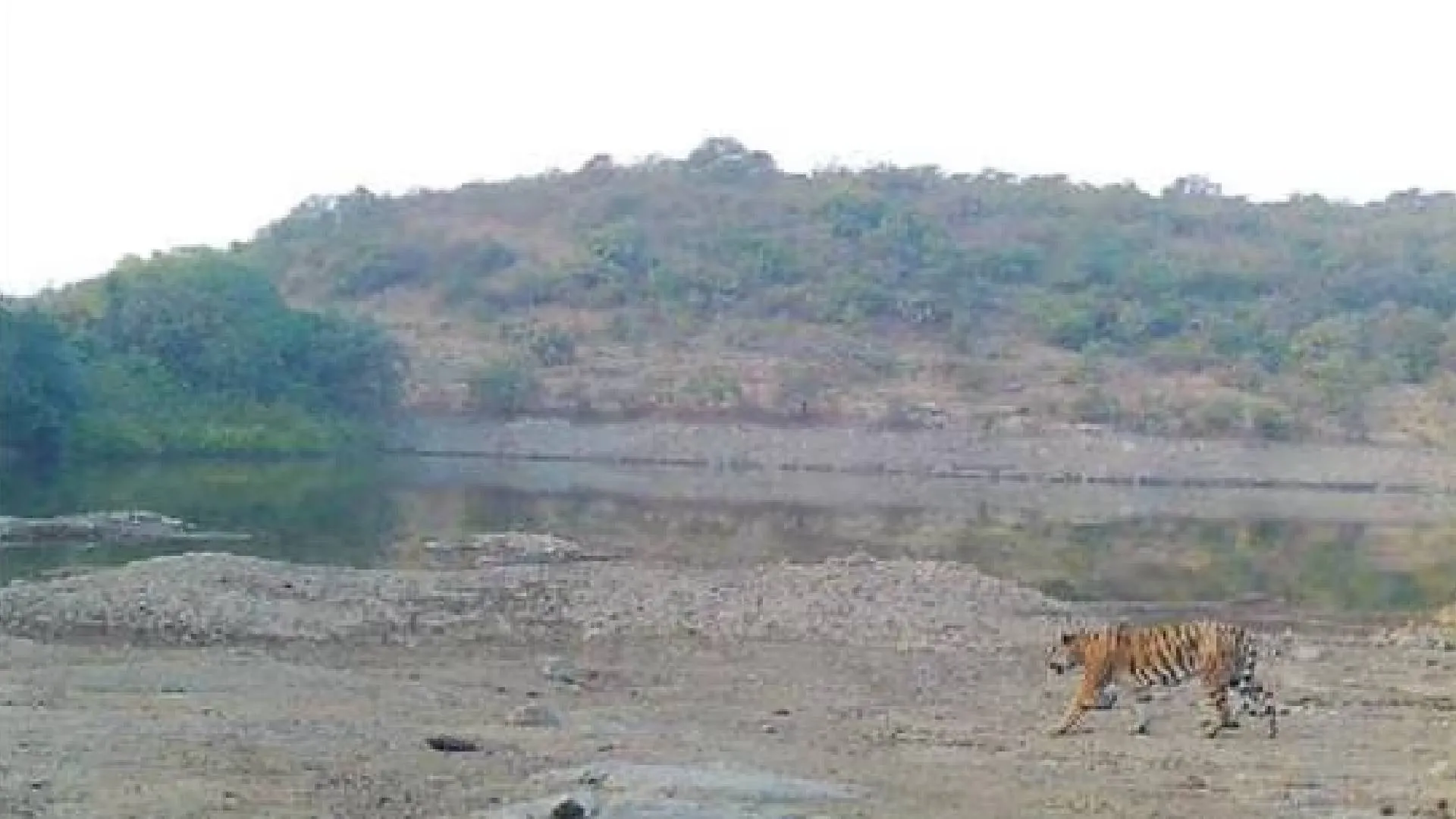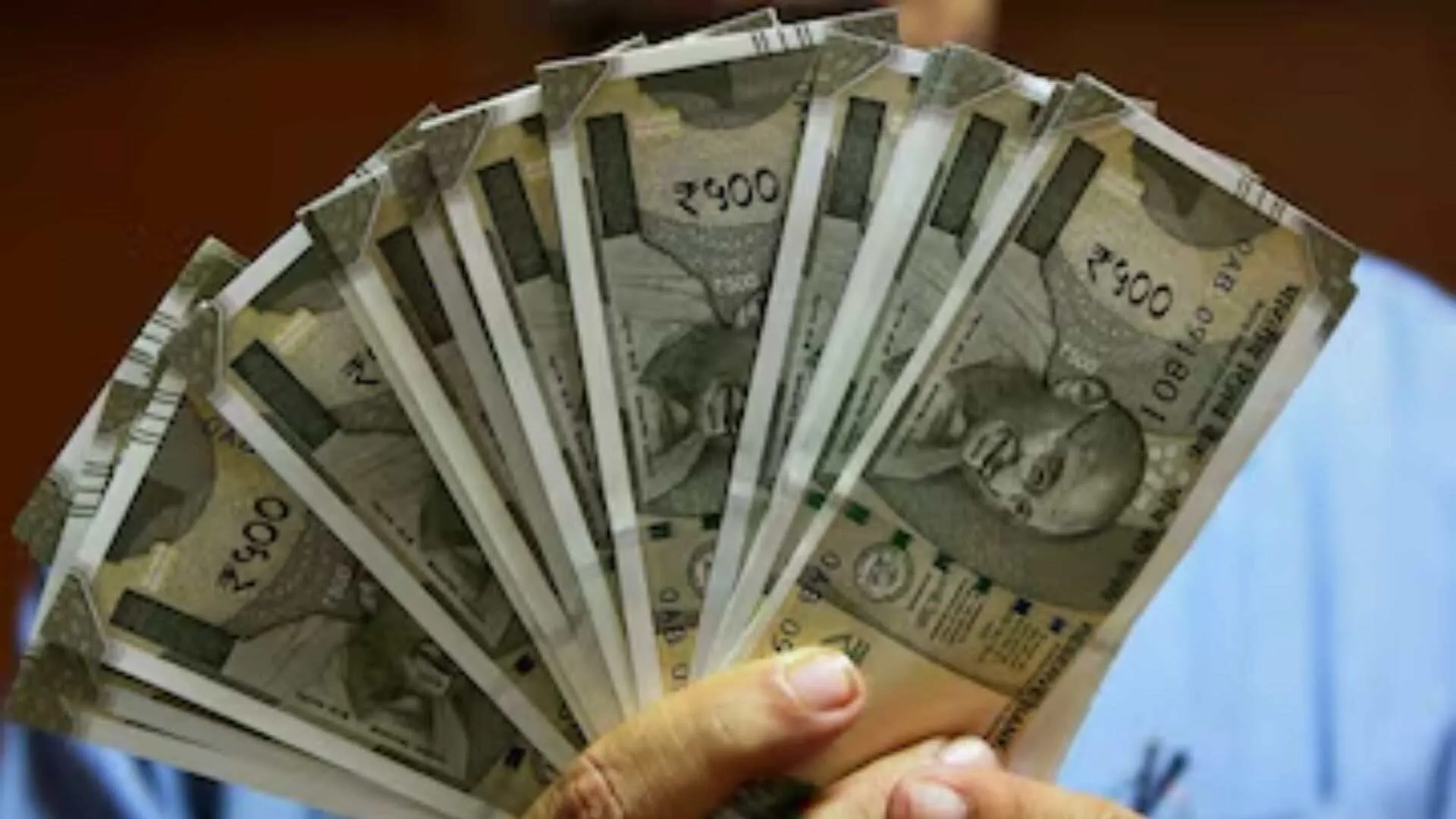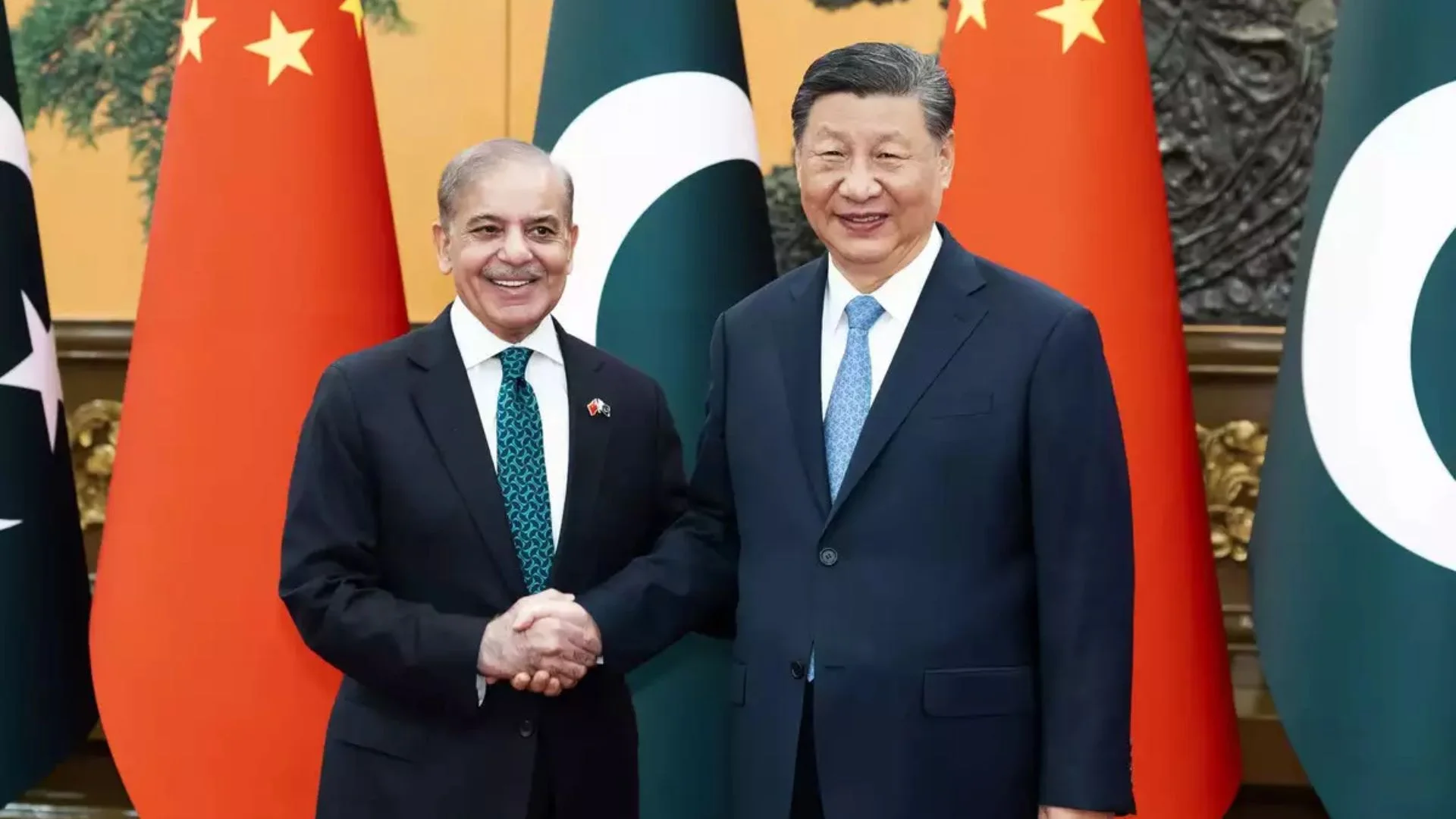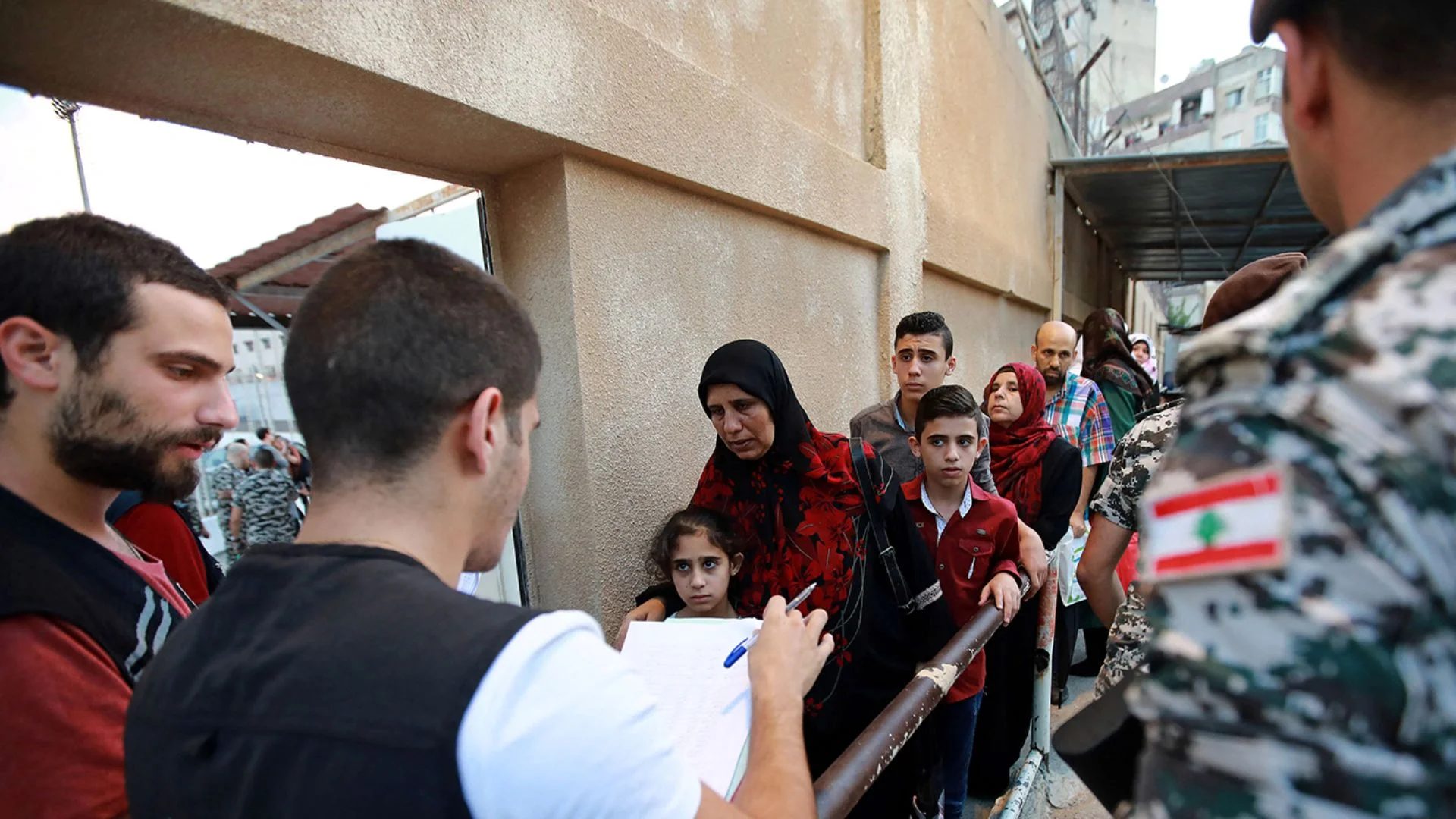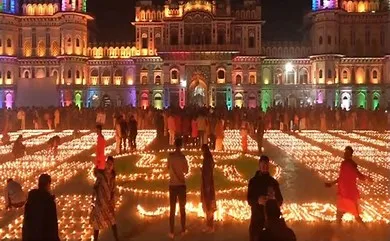The IMD forecasted a maximum temperature of 38°C and a minimum of 29°C for Thursday. Pre-monsoon showers on Wednesday kept Delhi’s maximum temperature below 40°C for the second day in a row, but humidity levels remained high, according to the India Meteorological Department (IMD).
The IMD announced that the monsoon is expected to arrive in large parts of northwest India within the next three to four days. However, no specific date was given for Delhi, suggesting that the monsoon will not arrive on its usual date of June 27.
The Met department’s seven-day forecast for the Capital predicts rain until the end of the month, with an increase in showers expected on the last two days of June, potentially marking the arrival of the monsoon, according to weather experts.
The IMD has forecast light to moderate rain in Delhi on June 29, issuing a yellow alert for that day, and moderate to heavy rain on June 30, with an orange alert in place.
While no rainfall was recorded at the Safdarjung station, which is representative of Delhi’s weather, Palam station recorded 2.3mm of rain between 8:30 am and 5:30 pm, and Ayanagar station recorded 1.8mm during the same period. Both the Lodhi Road and Ridge stations recorded “trace” amounts of rainfall.
In its monsoon bulletin on Wednesday evening, the IMD stated that conditions were favorable for the southwest monsoon to advance into “the remaining parts of the North Arabian Sea, Gujarat, and Madhya Pradesh; some more parts of Rajasthan; remaining parts of Chhattisgarh, West Bengal, Jharkhand, and Bihar; most parts of East Uttar Pradesh; some more parts of West Uttar Pradesh; some parts of Uttarakhand, Himachal Pradesh, Jammu-Kashmir-Ladakh-Gilgit-Baltistan-Muzaffarabad, the northern parts of Punjab, and northern parts of Haryana during the next three to four days.”
Delhi recorded a maximum temperature of 39°C on Wednesday, which was two degrees above normal, but the heat index (HI) or “real feel” temperature was 52°C, the same as it had been for the past two days. The maximum temperature was 39.7°C on Tuesday and 40.4°C on Monday.
The minimum temperature on Wednesday was 31.6°C, four degrees above normal, marking a difference of only 8°C between the two extremes.
Delhi’s humidity remained high, between 51% and 71%, on Wednesday, keeping the wet-bulb temperature — a measure of how difficult or easy it is for the human body to be outdoors — at 29.3°C, slightly lower than the 29.6°C recorded on Tuesday.
Higher humidity levels make it harder for the human body to sweat and cool itself effectively. A wet-bulb temperature of 32°C or higher makes it difficult for even fit and acclimatized people to work outdoors for extended periods. At a wet-bulb temperature of 35°C — the maximum threshold — humans can no longer regulate body temperature, leading to heatstrokes and potential collapse.

